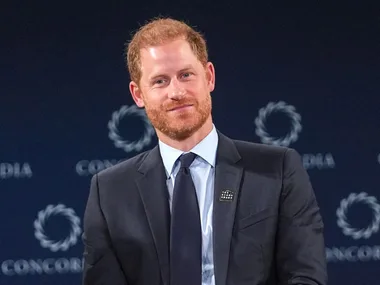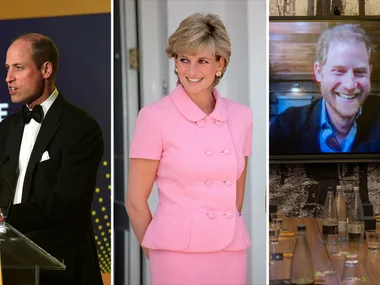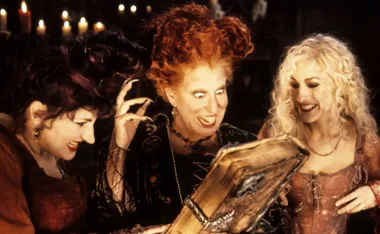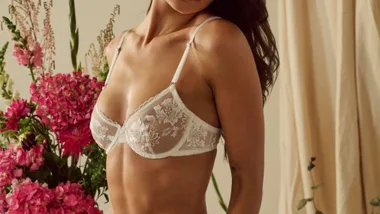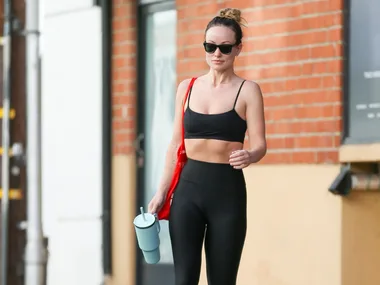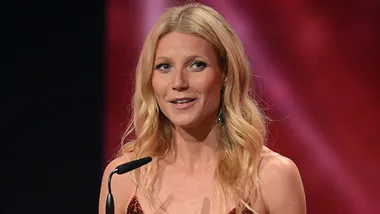In Australia, the final decision about the donation of organs rests with the family, even if a patient is a registered organ donor.
More often than not, shock and grief leave family members unable to uphold the wishes of their loved one whose loss they are still trying to accept.
Here, two mothers – one who donated her son’s organs after his tragic death and one whose sick son received a life-saving transplant – share their stories.
I donated my son’s organs
Ten years ago, Annie Cowdroy received the phone call that every parents dread – her only son Michael had been in a serious car accident while driving from Sydney to Tamworth to visit his girlfriend and was now in intensive care.
The next few days at the hospital were a complete blur – days ran into nights and it was all Annie could do to keep going.
“You literally live in hope and because he looks like he’s breathing, you think, ‘Right, this is great he’s going to wake up any minute’, but of course that didn’t happen,” Annie says.
“He had irreparable brain damage so it was probably something that you wouldn’t want him to survive anyway.””
Two days later, with the consent of his parents, Annie and Peter, Michael’s life-support machine was turned off. He was 33 years old.
When the question of organ donation came up, Annie knew exactly what to say. She and Michael had discussed his wishes a few years earlier, something she was very glad of in the fog of grief that enveloped her after his death.
Six people received an organ from Michael. His heart went to a 30-year-old woman, lungs to an 18-year-old boy, right kidney to a teenage boy, left kidney and pancreas to a 50-year-old diabetic man. Half of his liver went to a three-year-old girl while the other half went to a teenage boy.
Even now, so many years later, Annie can call the DonateLife Agency any time she wants to see how the recipients of her son’s precious gifts are faring – one even sent her a letter thanking her for a second chance at life.
“It was the most beautiful letter saying he was living an incredible life,” Annie says. “He was very grateful which was great for us because that’s all we wanted to know. “We wanted him to enjoy his life and not feel he had to be in touch with us all the time because of Michael. We wanted him to have a life of his own.”
October marked a decade since Michael’s death, and in retrospect, Annie feels she spent the first five of those years in oblivion. The 10-year anniversary has really hit her, and while she celebrates Michael’s birthday each year, he’ll always be thirty-three in her mind – her gorgeous son with his quick wit, cheeky smile and twinkle in his eye. She even misses the garbage bag of dirty clothes he would drop off for her to launder every week.
And while she is quick to point out that Michael was “no angel on this earth”, there are those who would beg to differ – the individuals who received the incredible gift of life from him. Mike gave life six times over. He is loved and deeply treasured, perhaps most by those who never had the chance to say thank you.
My baby needed a liver transplant
Karen Woodley and her husband Peter can still remember how good they felt when they welcomed their second child, a son named Thomas, into the world.
He was a beautiful, strong baby, much-loved by Karen, Peter and his 17-month-old sister Tamara.
But 15 days after Tom’s birth, Karen and Peter’s lives were turned upside down. Tom was showing signs of jaundice, and what had started as a cough in the morning developed into a nasty chest infection by the end of the day, with the newborn gasping desperately for air.
Karen rushed Tom to their local hospital on Sydney’s Northern Beaches. During their stay the paediatrician observed that Tom’s skin colour was becoming more yellow by the hour.
He was transferred to the Children’s Hospital at Westmead, where tests revealed he had an incurable congenital liver disease.
At five weeks old, Tom underwent surgery but the operation failed. By the time he was three months old, Tom was nearing acute liver failure. His only option was a liver transplant.
As Tom’s little life hung in the balance, the Woodleys spent an agonising month on the waiting list.
Karen Woodley’s son Tom when he was sick, and on Mother’s Day this year.

Karen Woodley’s son Tom when he was sick, and on Mother’s Day this year.
Karen Woodley’s son Tom when he was sick, and on Mother’s Day this year.
“We lived in the hospital at this stage, and everything was being done to keep Tom alive – to keep his liver functioning as best as we could,” Karen says. “We just waited, day in and day out, for news of a donor.”
After four weeks of waiting, a liver finally became available. The Woodleys were ecstatic, but quickly found themselves struggling with an avalanche of conflicting emotions.
“The minute I was told, ‘There’s a liver coming for Tom’ I was ecstatic for us because my boy was going to be given another chance of life but at the same time, somebody had lost their life and there is a family grieving,” Karen says.
“It’s so hard to stay happy and cheerful for what you’re about to receive when you realise why you’re getting this gift. Emotionally, it was exhausting and confusing.”
After a 12-hour surgery, Tom emerged from the operating theatre ready to face a whole new challenge – recovery.
Nearly seven weeks later, he was finally allowed to return home, where Karen finally had time to reflect on everything that had happened.
She decided to write a thank you letter to the donor family, which was passed on by DonateLife. There was no word back for about six months, but as Thomas approached his first birthday, a note arrived. It was from the mother of the donor and revealed the liver came from a teenage boy who was killed in a car accident.
The boy had told his parents he wanted his organs to be donated, but his mother revealed she struggled with the decision until she received Karen’s letter.
“My letter gave her peace of mind that she had done the right thing with her son’s organs, and I was very grateful to hear that, because obviously we’re thankful to her for the gift that she has given to us,” Karen says.
“But to hear her words and know that we’ve had an influence in her life, and to learn that we’ve helped her through a process of the grieving, was overwhelming.”
Accompanying the mother’s letter was a very precious birthday gift for Thomas – her son’s childhood teddy bear.
“The letter was a huge part of the closure for me of that little chapter of our journey because I knew she’d received my letter and was aware that we were so, so grateful,” Karen says.
“There is a bond there, even though I’ve never seen this person, I’ve never met this person, I’ve never spoken to the person. We’ve just exchanged one letter to and fro, and I just felt this amazing connection.”
The facts about organ donation in Australia:
The Australian Organ Donor Register is the only national register for people to record their decision about becoming an organ and tissue donor for transplantation.
One organ and tissue donor can transform the lives of 10 or more people.
Only around 1 per cent of people die in hospital in the specific circumstances where organ donation is possible.
In 2012, 354 organ donors gave 1052 Australians a new chance in life.
Around 1600 people are on Australian organ transplant waiting lists.
The most important thing that helps a family’s decision is their knowing the wishes of their loved one. 44 per cent of Australians do not know or are not sure of the donation wishes of their loved ones.
In Australia the family will always be asked to confirm the donation wishes of the deceased before donation can proceed. Less than 60 per cent of families give consent for organ and tissue donation to proceed.
Australia is a world leader for successful transplant outcomes.
For more information go to www.donatelife.gov.au.

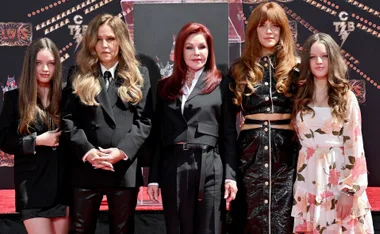
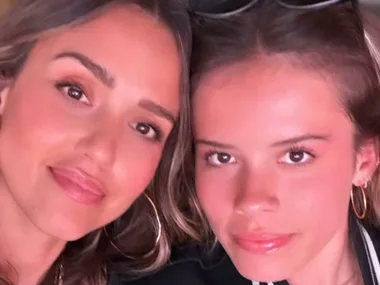






.png?resize=380%2C285)


.jpg?resize=380%2C285)


















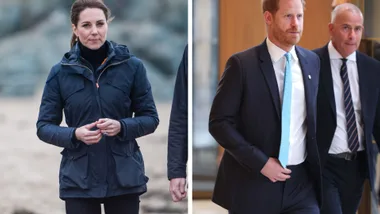
.png?resize=380%2C285)

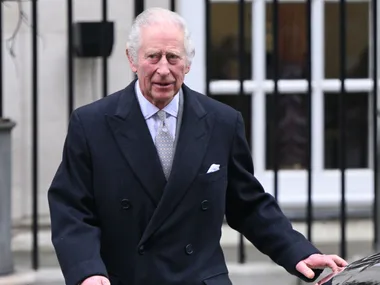

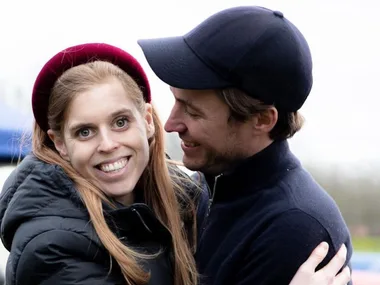

-(2).jpg?resize=380%2C285)
